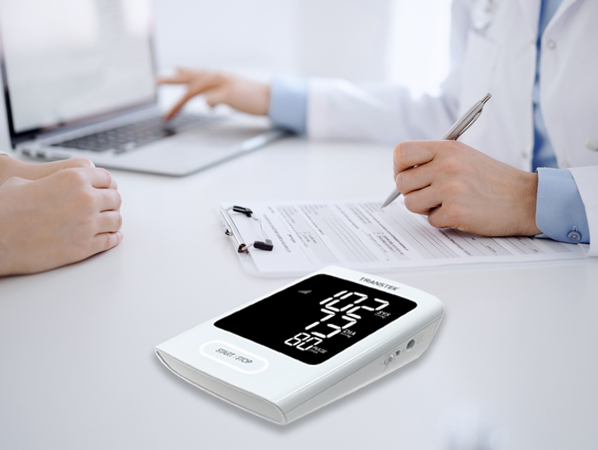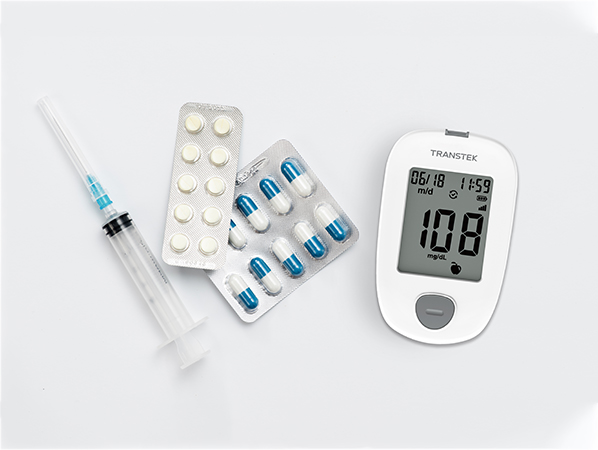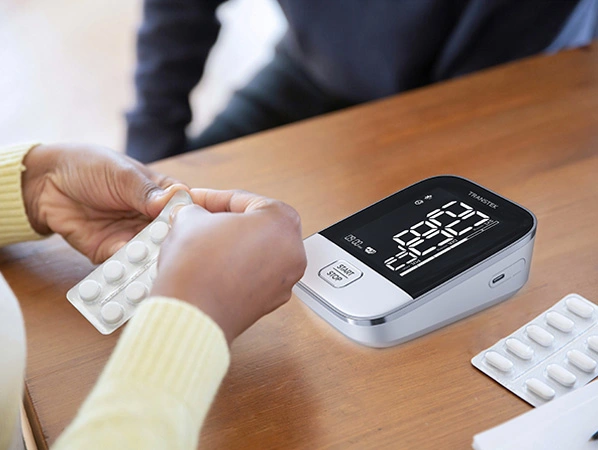In most cases, you hope the patient to come to your office for a face-to-face appointment. However, it is not always feasible to schedule appointments regularly to check the patient's condition. Since we have experienced the once-in-a-century global pandemic, patients have more reasons to stay at home, unless it is absolutely necessary to communicate with healthcare providers face to face. As a result, many healthcare providers have adopted strategies that focus on remote patient monitoring. With remote patient monitoring, you can more flexibly use a series of telemedicine tools to closely monitor your patients. Usually, remote patient monitoring is coordinated with home health care services to provide patients with the best of both worlds.
Remote patient monitoring systems can help healthcare providers keep a close eye on patients' health and status, even if they are far away from hospitals, clinics or clinical environments, which rely on Internet technology and digital connections to keep doctors in touch with patients.
Remote patient monitoring systems are becoming increasingly popular. No wonder so many people prefer the convenience of continuous monitoring at home, without entering the office to make a series of endless follow-up appointments. Before the COVID-19 is controlled, some people with chronic diseases still need to avoid people, so the demand for remote patient monitoring will increase. From blood glucose to blood pressure, from heart rate to oxygen saturation, etc., providers can obtain a wide range of health data from patients in remote patient monitoring systems.
When you use RPM devices, you can expect broader benefits. One of the benefits of remote patient monitoring is that your patients can quickly access the healthcare services they most need. Their device will immediately send you information, and you can also view historical data about the patient's condition. Remote patient monitoring also has the advantage of accumulating more data than can be obtained in a clinical environment. Patients can wear devices around the clock, such as blood glucose meter or pulse oximeter.
When you are trying to improve the patient's compliance with the treatment, remote patient monitoring is an ideal choice. When they notice that you receive continuous information about their health, they take their illness more seriously and control their health in an unprecedented way.
Discovering anomalies in health data received through remote patient monitoring will help you quickly identify changes in patient status. This increases the number of good patient outcomes, as you will monitor their devices to understand their health changes, rather than waiting for them to come to your office to check.


